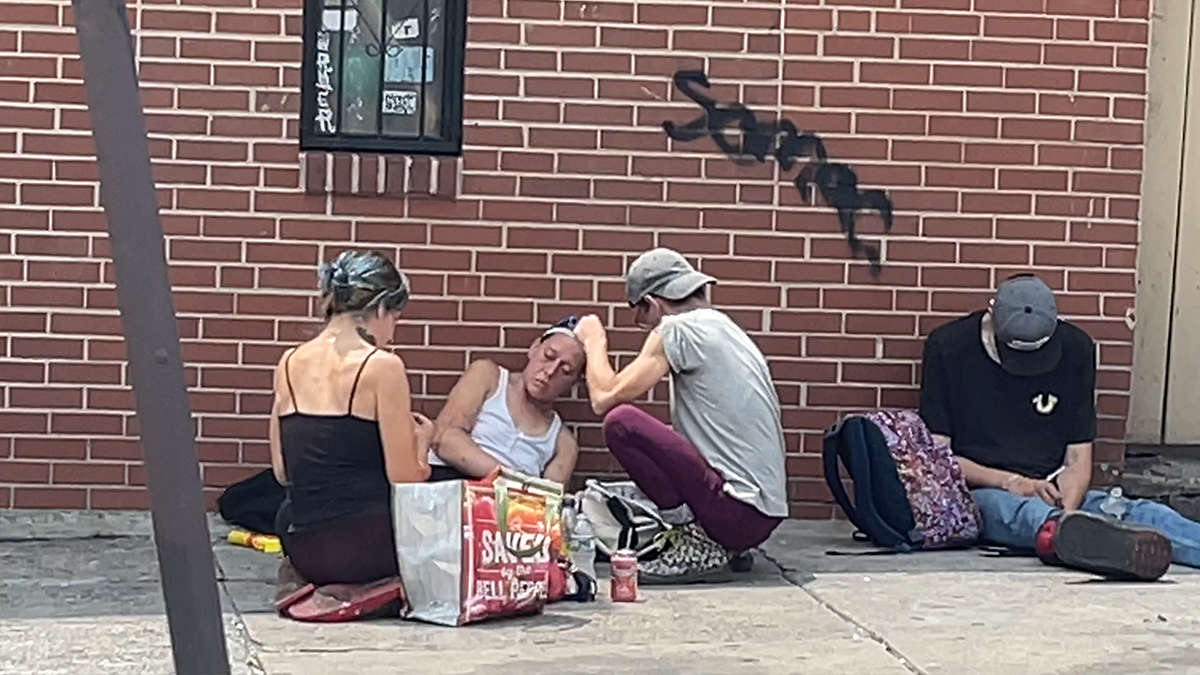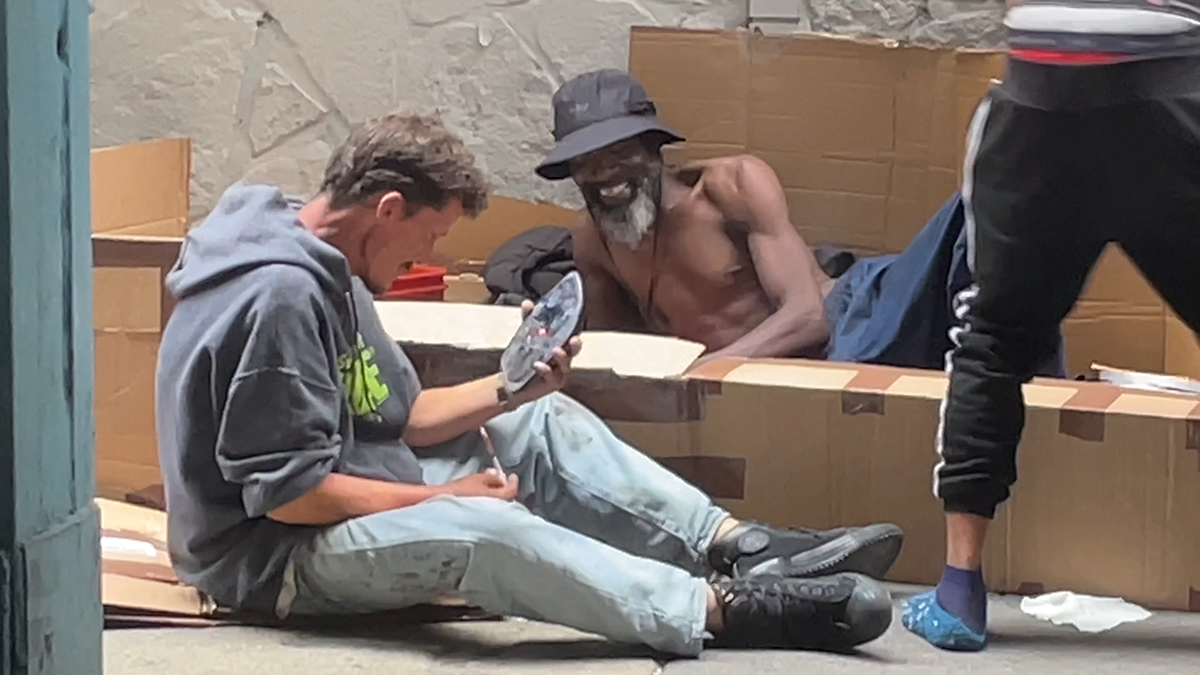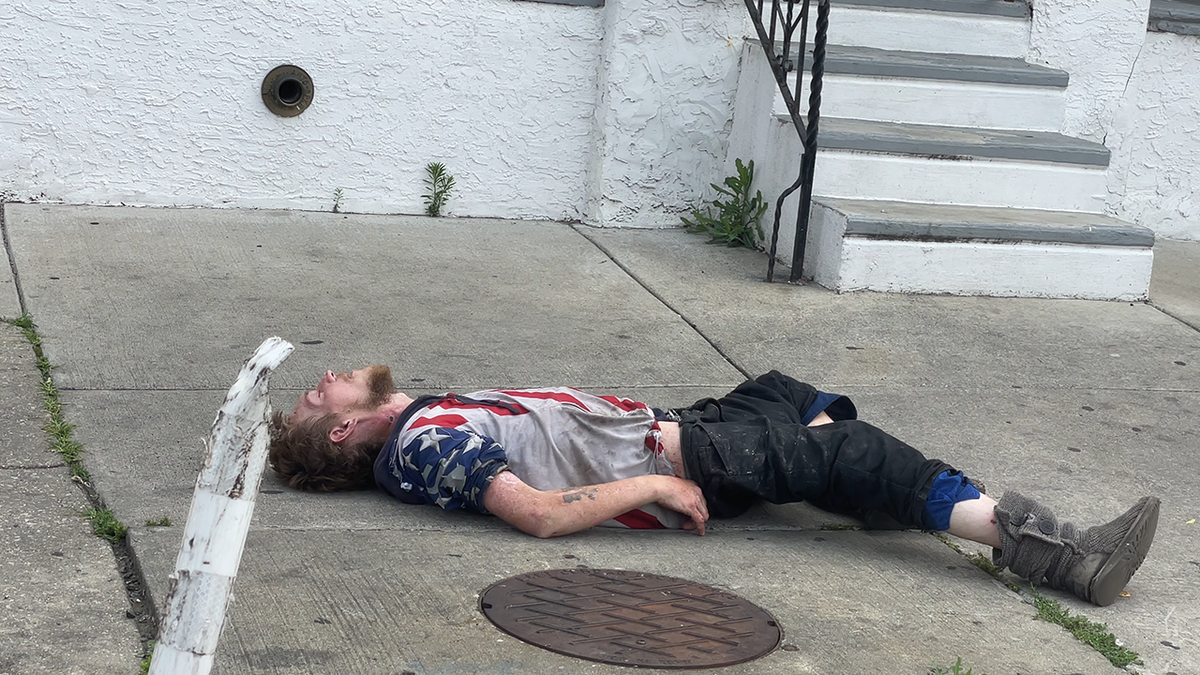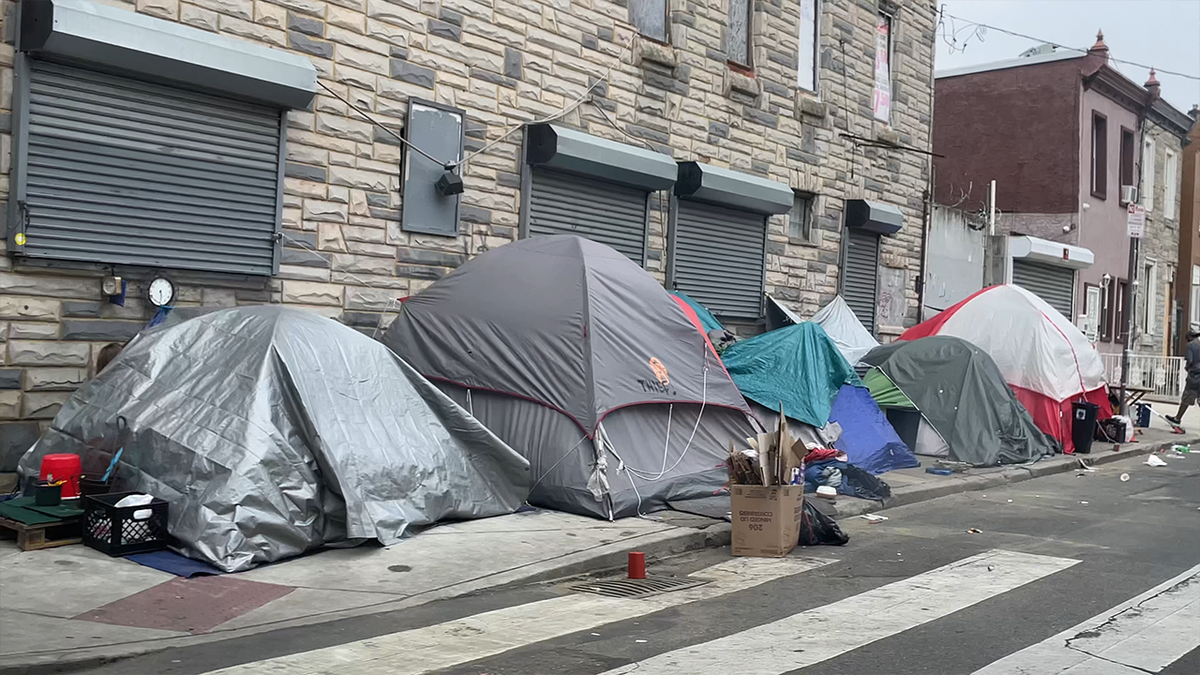Philadelphia's Kensington neighborhood is grappling with a surge in drug overdoses fueled by xylazine, a veterinary tranquilizer. New video footage reveals the stark reality of open-air drug use in the area, with individuals injecting substances and lying unconscious on the streets. This concerning situation has prompted the city's health department to deploy mobile wound care units to treat infections stemming from xylazine injections, some so severe they lead to limb loss.

Chief Inspector Michael McCarrick of the Philadelphia Police highlights the visible deterioration of individuals struggling with addiction. Addressing the crisis is challenging, as those suffering from addiction often resist medical help due to fear of withdrawal symptoms. Furthermore, Narcan, typically used to reverse opioid overdoses, is ineffective against xylazine.
In response to the growing crisis, Pennsylvania Governor Josh Shapiro recently classified xylazine as a controlled substance, providing law enforcement with additional tools to combat its illicit use. Councilman Mark Squilla emphasizes the need for stricter policies to address the open drug use and its impact on the community. He advocates for compelling individuals to either accept services or leave the area to mitigate the negative consequences for residents, such as public defecation, discarded needles, and petty crime.

While recent large-scale drug busts and arrests have been conducted, Squilla voices concerns about the long-term effectiveness of these operations. He questions whether the arrested individuals will simply return to the streets, highlighting the need for a more comprehensive approach. The cycle of addiction, crime, and homelessness demands a collaborative effort to address the root causes and provide lasting solutions.

Inspector McCarrick traces the history of the issue back to the late 1980s, noting the evolution of the drug trade in Kensington. He explains how the rise of the internet further exacerbated the problem by directing individuals seeking drugs to the neighborhood. Current policing strategies attempt to balance accountability with providing support and services to those struggling with addiction. The complexities of the situation are compounded by the presence of both truly homeless individuals and those who are homeless due to addiction.

While community members often try to help by providing food and clothing, McCarrick suggests that this well-intentioned assistance can inadvertently enable individuals to remain entrenched in their addiction. He underscores the need for a comprehensive strategy that addresses the complex interplay of homelessness, addiction, and crime in Kensington.








